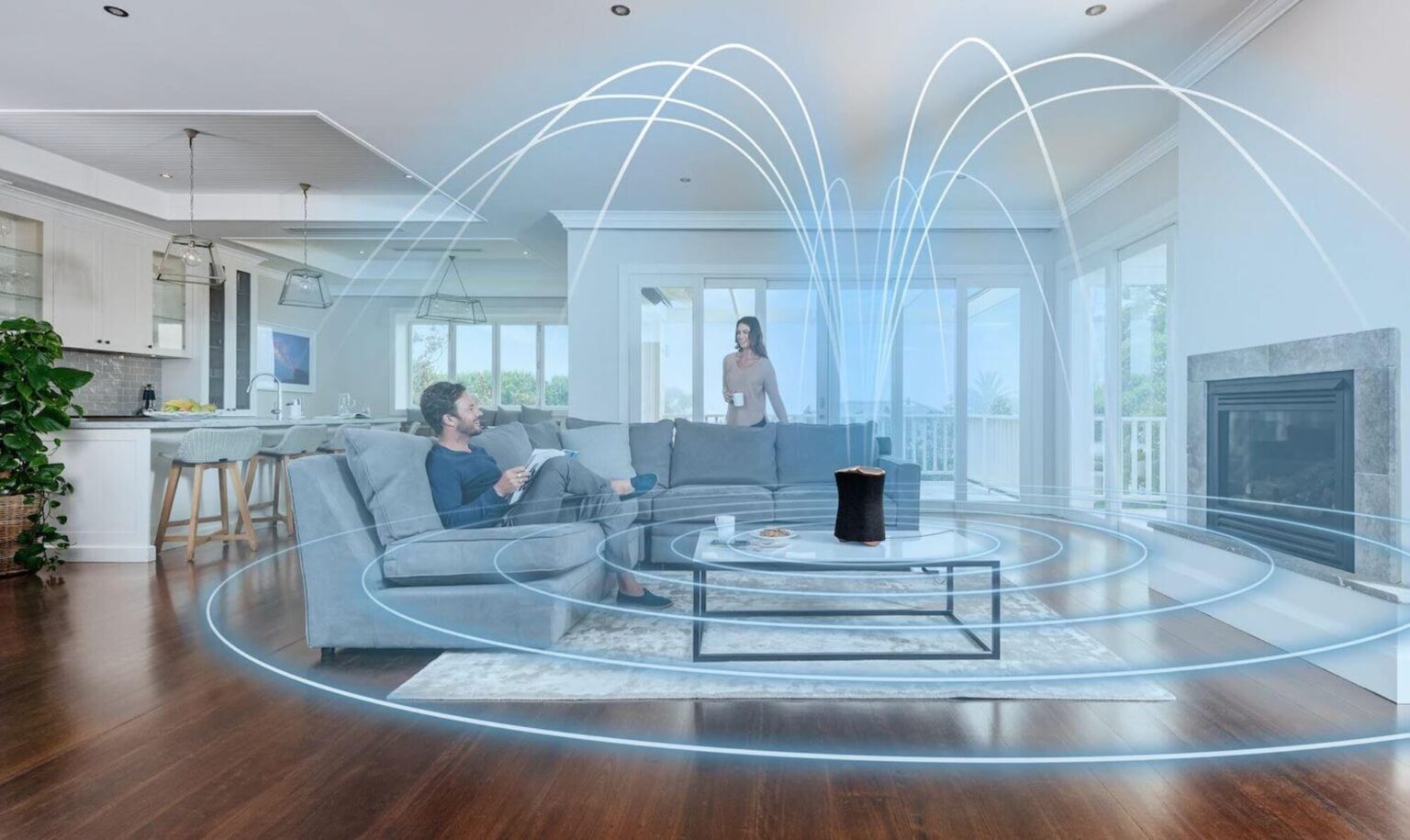
CES 2021: How Sony is trying to assist those who are hard of hearing
The 2021 Consumer Electronics Show made history last week when it became the first CES to go full digital. The COVID-19 pandemic has made countless formally in-person events go the way of livestream, and last year’s CES narrowly avoided shutdowns in its last in-person event in January 2020.
The CES has taken place since (if you can believe it) the 1960s, long before consumer electronics became an imperative part of nearly every person’s life. Before iPhones, before smartphones, before Nokia brick cell phones & gaudy beepers, the first CES came together in New York City in 1967.

CES through the years
Wired recounted the first CES in a 2010 article, reminiscing on the event that held 17,500 attendees & 200 exhibitors for four days in the Big Apple. The CES has unveiled dozens of groundbreaking electronics over the years, from the VCR (huh?) in 1970 to the camcorder in 1981 to Tetris in 1988.
The CES has also debuted plenty of short-lived & defunct products like 1993’s MiniDisc & 2010’s 3-D TV which although they were valiant efforts, somehow jumped the shark. The tossup between a product that’ll end up in millions of homes like 2010’s Xbox and one that exists as a punchline like 1974’s Laserdisc puts CES products in a strange place; the future is unwritten for products the CES showcases.
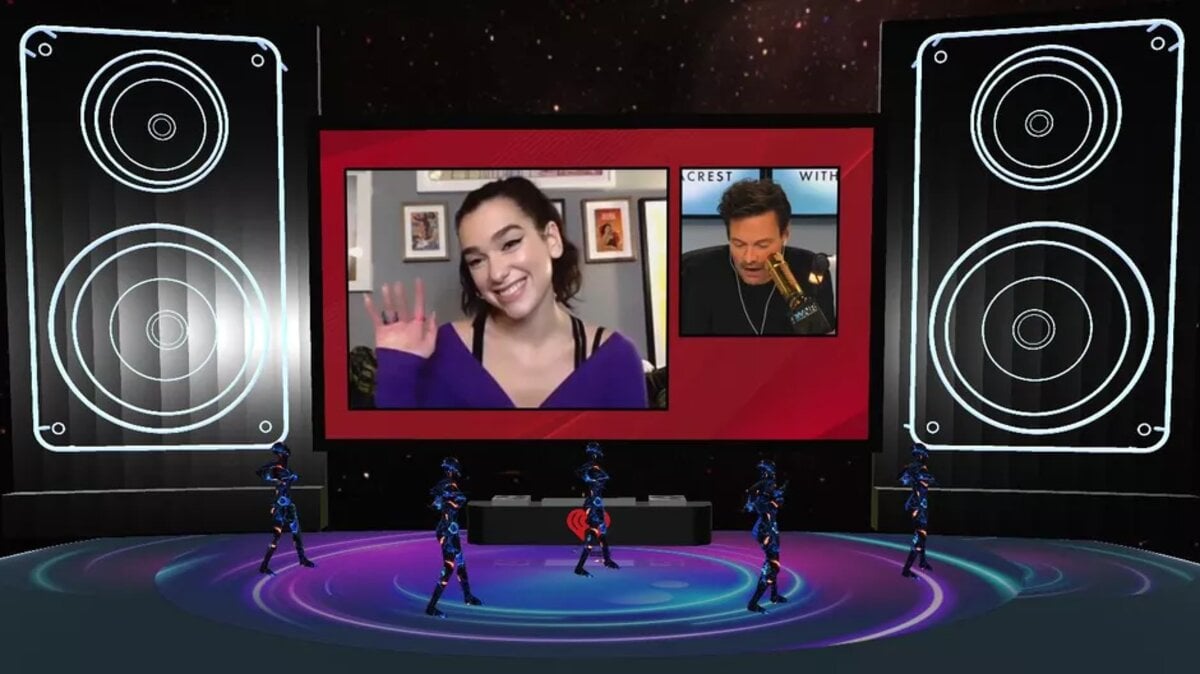
At the CES 2021, dozens of new products were revealed amongst an array of events during the four days of video conferencing. Billie Eilish performed a digital live-set, and Ryan Seacrest held a discussion about live streams for artists, talking to Eilish as well as Dua Lipa.
Of all of the products showcased at the 2021 CES, none created more buzz in our ears (pun intended), than those directed at people who are hard of hearing. The CES has a history of spotlighting audio electronics, from the CD player in 1981 to HD Radio in 2003. This year’s show was no different.
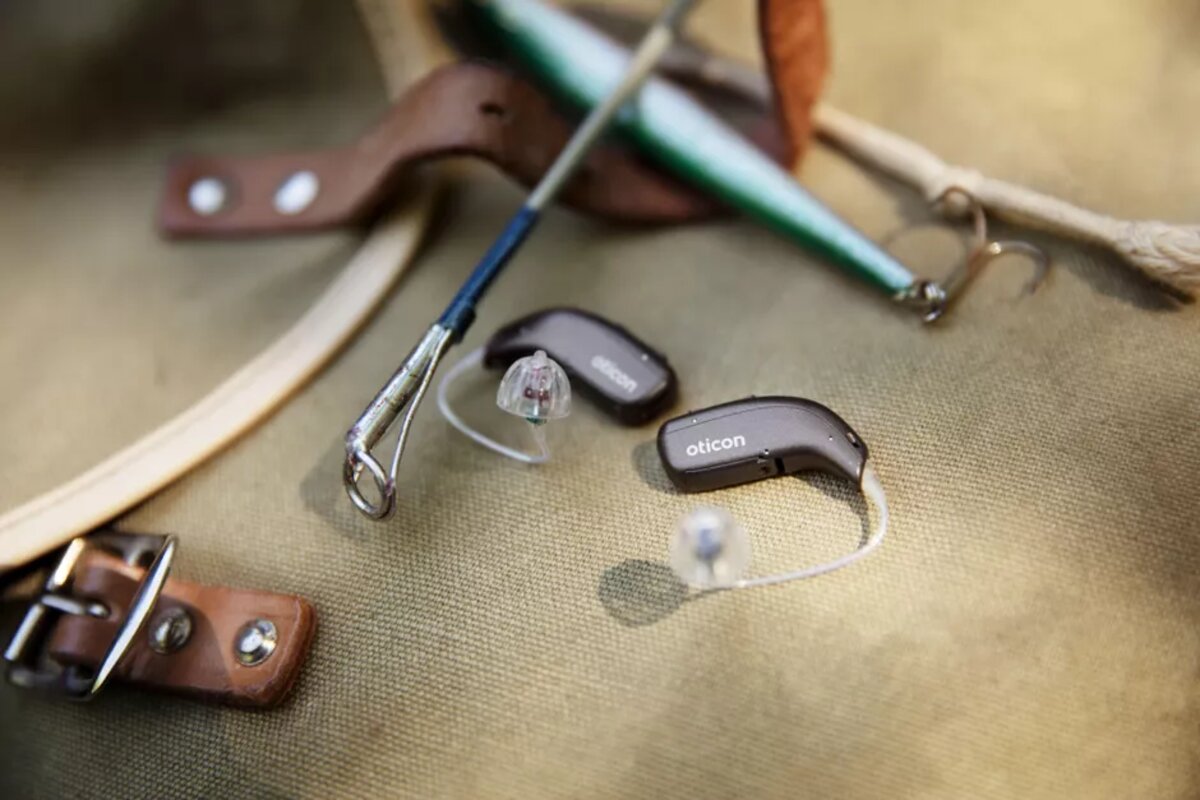
Putting the AI in hearing aids
The CES 2021 put a number of audio devices on display targeting listeners with hearing issues. None created a larger buzz (last one we promise) than Oticon, Inc.
Last week, Cnet reported Oticon released a new hearing aid, Oticon More, which uses some pretty mind-blowing technology to revolutionize helpers for the hearing-impaired. The tiny aides are said to use AI technology to interpret speech & sounds, after being trained on 12 million real-life sounds in it’s production (say what?).
The revolutionary aid is said to put other hearing aids to shame as state of the art, made for people who are just a little hard of hearing to those with severe hearing loss. The devices have a rechargeable battery owners can plug in just like their phones (if we could just find the damn charger block).
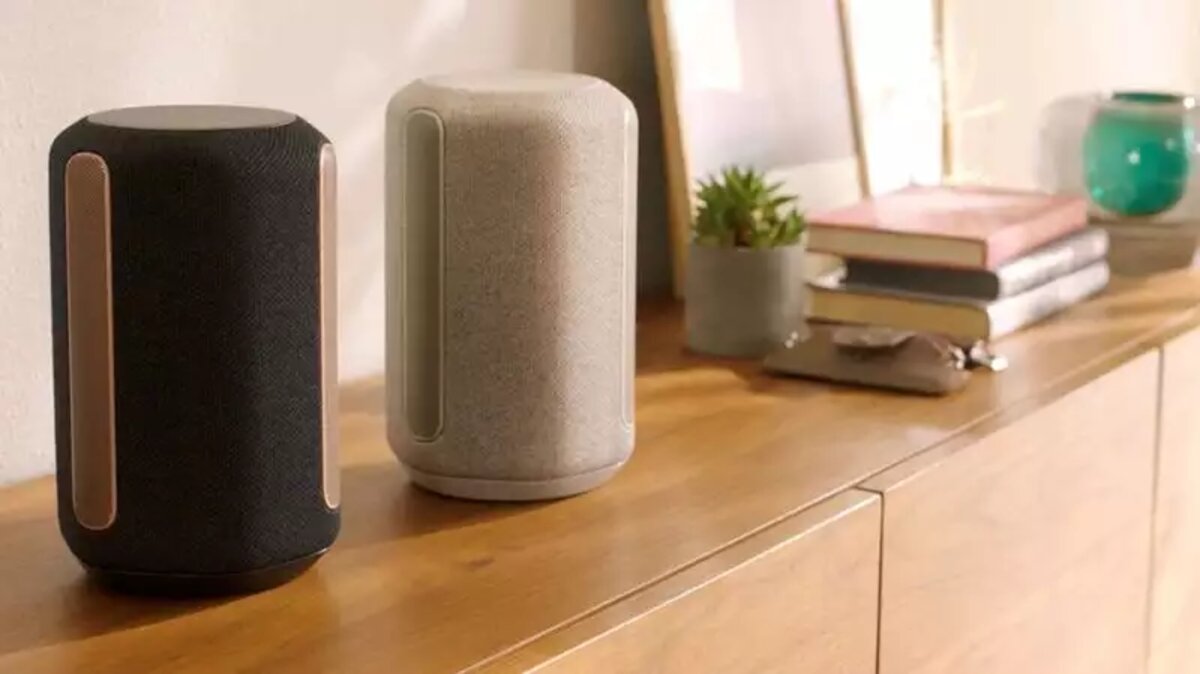
Immersive audio
Sony followed suit with Oticon’s technology, unveiling groundbreaking audio technology at the 2021 CES. Engadget reported last week that Sony debuted their SRS-RA5000 speaker, used to showcase their 360 Reality Audio platform meant to give a completely immersive audio experience.
Sony’s 360 Reality Audio allows engineers to put music around the listener; with it one could hear a track with vocals overhead, drums behind them, and instruments playing melodies on either side of them, perfect for the replication of a live performance so many have gotten used to through concert streams over the past year.
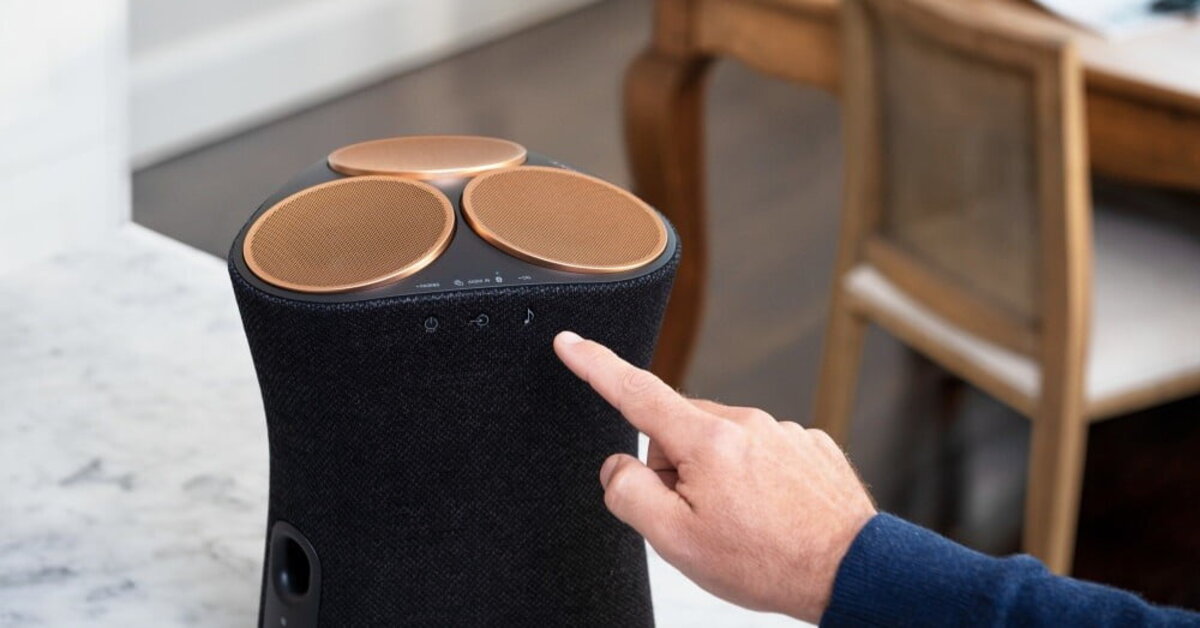
Furthermore, there’s a headphone app associated with the new audio platform that will have those hard of hearing jumping for joy. The headphone app will customize audio settings for each individual user, providing the perfectly balanced listening experience to each user, after they take some pictures of their ears for the company to reference (what a world).
The 2021 CES had no shortage of revolutionary audio gadgets, and those who are hard of hearing have something to look forward to in the coming year. Whether you need a hearing aid or just need headphones that give you a clear sound, 2021 is looking up.



